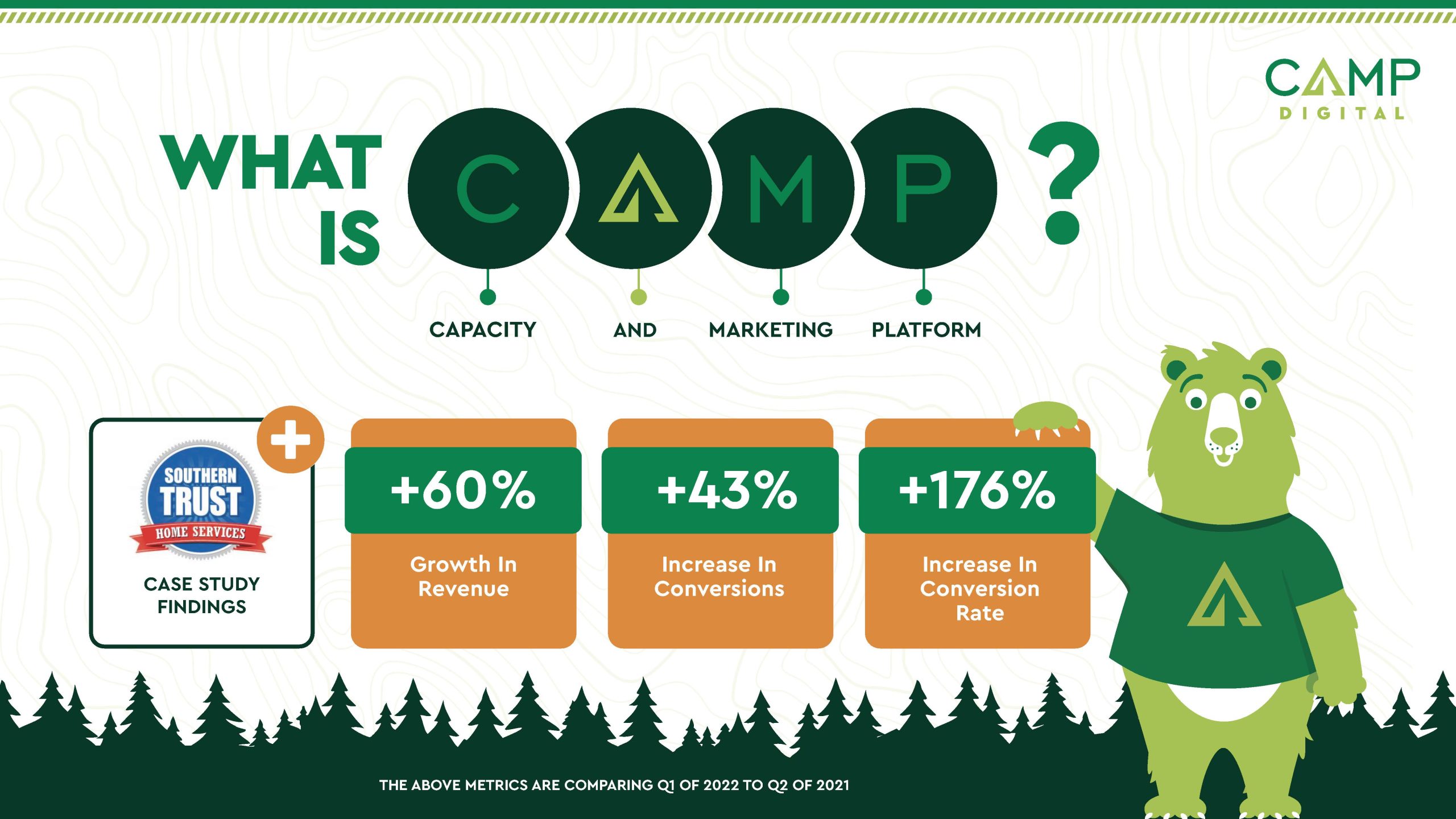By Ralph P. Sita Jr.
Every year, hurricane season (which this year begins on June 1 and runs through November) spikes demand for roofing contractors. With the team at Tropical Storm Risk (TSR) already predicting the 2024 Atlantic hurricane season will see at least 20 named storms – nearly 30% above the 1991-2020 30-year norm – roofing businesses clearly have their work cut out for them.
The catch for contractors, of course, is how effectively they can prepare themselves in advance to handle the potential onslaught of business that such a busier-than-normal weather pattern could cause. This means not only stocking up on inventory and hiring enough staff to handle the increased workload, but also staying up-to-speed with current roofing trends and materials and marketing effectively in advance so that the company’s name is top-of-mind when prospective customers start searching for a roofing contractor.

Stock Materials
Beginning with the most obvious need, roofers must make certain they have a complete inventory of needed supplies on hand. This always represents a delicate balancing act because companies should have enough supplies in stock to respond quickly to customers desperate to get their roofs fixed, reinforced, or replaced, while not being overwhelmed with unused inventory that ends up collecting dust and taking up warehouse space.
With that in mind, contractors are advised to stay in regular contact with the manufacturers and suppliers they typically depend on for needed materials. Doing so invariably will help to put them higher in the priority order when suppliers are filling orders.
It also can’t hurt to establish relationships with new suppliers to provide another source for needed stock. With supply chain issues continuing to plague the industry, even dependable suppliers may not be able to fill every order, even from their most loyal customers. Bottom line, a home or business owner in desperate need of roof repairs won’t wait if a roofer is unable to handle the work due to a lack of supplies. They’ll simply find someone else, so it is incumbent on the contractor to make certain needed supplies are always available.
Adequate Staff
Inventory, however, is only part of the problem. Roofing companies must also have enough experienced roofers on staff to handle the potential onslaught of work which could occur during storm season. This, of course, represents another dilemma for contractors. They never want to turn down work because they are short-staffed, but they also don’t want to staff up, only to find they are paying workers to sit. And no matter how carefully contractors plan for the future, predicting how devastating an upcoming storm season might be always contains a degree of uncertainty.
Some roofing contractors have dealt with this uncertainty by lining up part-time workers in advance or providing training on a probationary basis to entry-level workers in advance of hurricane season. Doing so enables these apprentice workers to gain some experience in the field, while allowing the contractor to pay them at a lower rate with no guarantee of full-time employment in the future. Some roofing companies have also established relationships with smaller businesses which can serve as reliable subcontractors should they find themselves with more work than can be handled in a timely fashion.
Technology as a Tool
While inventory and staff are the “essentials” for any roofing contractor preparing for storm season, technology is quickly becoming nearly as important. Increasingly, roofers are relying on weather-related apps and technology to track incoming storms and stay up-to-date on weather predictions and patterns. Such tools enable roofers not only to prepare for anticipated storms (and storm damage) in terms of staffing and supplies, but also to keep their own workers aware of any approaching weather issues while on the job.
Technology use, of course, isn’t limited to weather reports. Increasingly, roofing contractors are employing project management software, for example, to schedule jobs and keep tabs on the progress of each project by workers in the field. Roofers are also using project management software to track everything from business leads, estimates, purchases, and change orders to project photos, messages, follow-up reminders to customers, and invoices.
Beyond improving communications among contractors, workers, and customers, advanced technology is being used to enhance worker safety. Visual mapping systems and drones are being used by some roofers to provide detailed specs about future job sites — particularly in those instances where storms may have rendered a building structurally unsound due to water or wind damage. Infrared cameras are proving to be helpful in identifying structural issues and other potential problems before workers go on the scene. Robotic shingle installers are making jobs safer by handling difficult or dangerous installations, while simultaneously helping contractors to deal with labor shortages.
Roofing Trends
Tech-savvy roofing companies are also responding to consumer demands for environmentally friendly roofs by offering customers options such as light-colored roofing materials (which keep buildings cooler during hot months), cool roofing (made from naturally cool materials such as metal and offering higher solar reflectance and thermal emittance), green roofs (rooftop gardens featuring a layer of vegetation which lowers roof temperature), and, of course, solar panels. Smart roofs, meanwhile, are permitting consumers to be alerted to potential issues, such as leaks or blocked drains, via embedded sensors which are connected to the structure’s WiFi. New coating technologies — such as polymers in thermoplastic shingles, which create new bonds that seal minor cracks and scratches, and water-repellant shingles, which easily shed both water and dirt from roof surfaces — are also growing in popularity.
While such roofing alternatives may not be a priority during storm season, when home- or business-owners typically just want to address needed repairs, savvy contractors will be able to offer such alternatives to send a clear message that they are on top of current roofing trends and able to respond to any innovations customers may request.
Branding
None of that will matter, though, if roofing contractors don’t market their companies well in advance of storm season. To succeed in an industry that has become more competitive than ever before, roofers need to constantly remind current and prospective customers (which frankly includes just about everyone who has a roof in the company’s service area) that they are part of the community and have the knowledge, experience, and ability to handle any roofing need — particularly when a storm hits close to home.
For most roofing contractors, marketing involves traditional tactics such as word-of-mouth referrals, advertising in community newspapers and church bulletins, participation in community events, and customer testimonials. As home- and business-owners become younger, though, interactive company websites, search engine optimization, social media channels, and digital marketing software are becoming increasingly important to building an ongoing online presence. And let’s face it, younger individuals tend to live online, so if roofing contractors want their business, they need to be online too.
Conclusion
Bottom line, roofing contractors must prepare themselves well in advance of storm season in order to deal with what could be a huge increase in business. Preparation, though, means more than just staffing up and stocking up. It also means staying up-to-speed on the latest industry trends and technology innovations. And as is the case in virtually every other business, it means marketing to current and prospective customers on an ongoing basis in order to remain top-of-mind. In a highly competitive business like roofing, becoming complacent and relying on previous business can be every bit as destructive as a hurricane.
Ralph P. Sita, Jr., CPA is a lifetime successful serial entrepreneur. Prior to co-founding FieldBin he co-founded the online cybersecurity learning platform, Cybrary, with over 3 million users. Sita is also CEO and Founder of TrainACE, a brick-and-mortar advanced security computer training company.



















